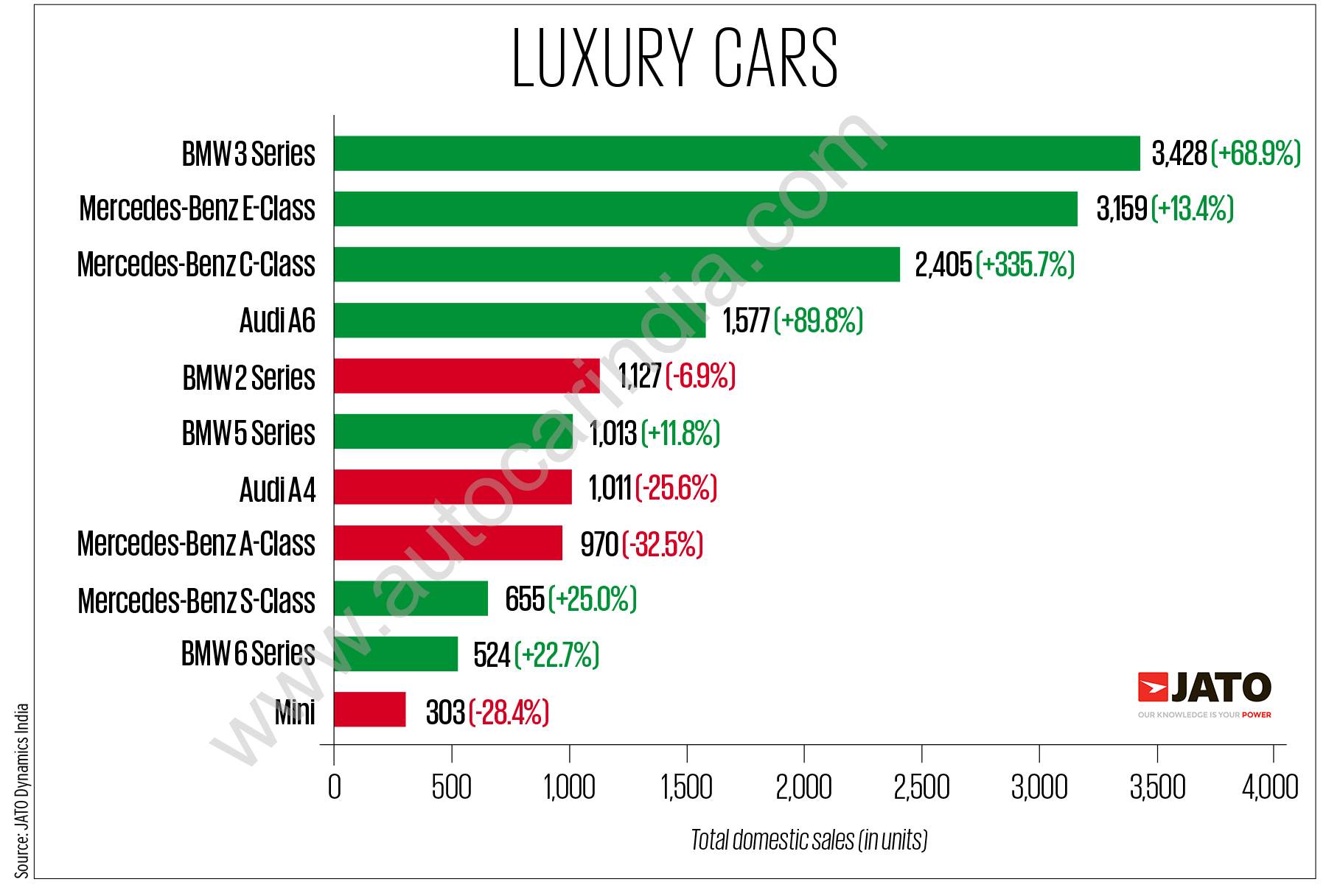The China Market: Challenges And Opportunities For Premium Car Manufacturers Like BMW And Porsche

Table of Contents
Understanding the Unique Demands of Chinese Consumers
The Chinese consumer landscape is rapidly evolving, presenting both exciting opportunities and significant hurdles for premium car brands. Successfully navigating this market requires a nuanced understanding of shifting preferences and regional variations.
The Shifting Landscape of Consumer Preferences
-
Younger, Tech-Savvy Buyers: The rise of millennials and Gen Z as key players in the luxury car market necessitates a shift towards digital marketing and tech-integrated vehicles. Features like advanced driver-assistance systems (ADAS), connected car technology, and seamless smartphone integration are paramount.
-
Growing Demand for EVs and Hybrids: China is a global leader in electric vehicle adoption, driven by government incentives and increasing environmental awareness. Premium brands must invest heavily in electric and hybrid models to remain competitive. This includes building robust charging infrastructure and promoting the environmental benefits of their vehicles.
-
Brand Image, Status, and Social Signaling: Luxury cars in China often represent more than just transportation; they signify success and social status. Brands need to cultivate a strong brand image that resonates with the aspirational nature of Chinese consumers. Strategic partnerships with influencers and celebrities can significantly boost brand visibility.
-
Personalized Experiences and Digital Engagement: Chinese consumers expect personalized experiences throughout the entire customer journey, from online browsing to after-sales service. Brands must leverage digital platforms like WeChat and Alibaba to enhance customer engagement and provide tailored experiences.
Regional Variations in Consumer Behavior
China's vast geographical expanse leads to significant regional differences in consumer behavior and purchasing power.
-
Tier 1, Tier 2, and Tier 3 Cities: Purchasing power and brand preferences vary dramatically across these tiers. Tier 1 cities (e.g., Beijing, Shanghai) tend to be more receptive to cutting-edge technology and global brands, while Tier 2 and 3 cities may prioritize value and established brands.
-
Adapting Marketing and Sales Strategies: Marketing campaigns and sales strategies must be tailored to resonate with the specific preferences and purchasing power of each region. This includes language, messaging, and channel selection.
-
Localized Marketing Campaigns and Product Adaptations: Offering localized versions of marketing materials and even adapting certain vehicle features to suit regional preferences can significantly enhance market penetration.
Navigating the Regulatory and Political Landscape
The Chinese automotive market is subject to a complex web of regulations and government policies that significantly impact market entry and operations.
Import Tariffs and Taxes
-
Impact on Pricing Strategies and Profitability: High import tariffs and taxes significantly impact the pricing of imported vehicles, potentially reducing profitability.
-
Strategies for Minimizing the Impact of Import Duties: Strategies such as establishing local manufacturing facilities or optimizing supply chains can help mitigate the impact of import duties.
-
Potential Advantages of Local Manufacturing and Assembly: Local manufacturing allows brands to avoid import tariffs and potentially access government incentives, leading to increased competitiveness.
Environmental Regulations and Emission Standards
-
Meeting Increasingly Stringent Emission Standards: China's increasingly strict emission standards for vehicles necessitate significant investment in research and development of cleaner technologies.
-
Investment in Electric Vehicle Infrastructure and Charging Networks: Building a reliable charging infrastructure is critical for the widespread adoption of electric vehicles.
-
Compliance with Evolving Environmental Regulations: Staying informed about and complying with ever-changing environmental regulations is essential for long-term success.
Government Policies and Incentives
-
Understanding and Leveraging Government Incentives for EV Adoption: China offers various government incentives for EV adoption, including subsidies and tax breaks. Understanding and effectively utilizing these incentives is crucial.
-
Navigating Bureaucratic Processes and Regulations: Navigating the complexities of Chinese bureaucracy requires strong local expertise and effective communication with relevant government agencies.
-
Building Relationships with Relevant Government Agencies: Cultivating strong relationships with government agencies can facilitate smoother market entry and ongoing operations.
Capitalizing on Market Opportunities
The Chinese market presents numerous opportunities for premium car brands willing to adapt and innovate.
Leveraging Digital Marketing and E-commerce
-
Reaching Chinese Consumers Through WeChat, Weibo, and Other Social Media Platforms: Utilizing these platforms is crucial for reaching the digitally savvy Chinese consumer. Targeted advertising campaigns and engaging content are key.
-
Utilizing Online Sales Channels and Virtual Showrooms: Offering online sales channels and virtual showrooms can enhance customer convenience and reach a broader audience.
-
Implementing Effective Digital Marketing Strategies: A robust digital marketing strategy, including SEO optimization and social media marketing, is crucial for success in the Chinese market.
Building Strong Partnerships and Local Collaborations
-
Collaborating with Local Distributors and Dealers: Establishing strong relationships with local distributors and dealers provides access to valuable market insights and a wider distribution network.
-
Establishing Strategic Partnerships with Chinese Tech Companies: Collaborating with Chinese tech companies can provide access to cutting-edge technology and enhance product development.
-
Leveraging the Expertise of Local Market Research Firms: Local market research firms offer invaluable insights into consumer preferences and market trends.
Tailoring Products and Services to Local Needs
-
Adapting Vehicle Features and Specifications to Meet Local Preferences: Adapting vehicle features and specifications, such as interior design or engine options, to suit local preferences is critical for success.
-
Offering Localized After-Sales Service and Maintenance: Providing high-quality after-sales service and maintenance tailored to local needs is essential for customer satisfaction.
-
Providing Tailored Financing and Leasing Options: Offering flexible financing and leasing options can make premium vehicles more accessible to a wider range of consumers.
Conclusion
The China market presents both significant challenges and exceptional opportunities for premium car manufacturers like BMW and Porsche. Success hinges on a deep understanding of Chinese consumer preferences, navigating the regulatory landscape effectively, and strategically leveraging digital marketing and partnerships. By adapting their strategies to the unique demands of this market and capitalizing on emerging trends, premium brands can unlock substantial growth potential within the dynamic Chinese automotive sector. To truly succeed in this competitive arena, premium automakers must prioritize a nuanced approach, understanding the intricacies of the China market and tailoring their offerings accordingly. Don't miss out – start exploring the China market for your premium brand today!

Featured Posts
-
 Us Attorney Generals Warning To Minnesota Compliance With Trumps Transgender Athlete Ban
Apr 29, 2025
Us Attorney Generals Warning To Minnesota Compliance With Trumps Transgender Athlete Ban
Apr 29, 2025 -
 Hollywood At A Standstill The Impact Of The Combined Writers And Actors Strike
Apr 29, 2025
Hollywood At A Standstill The Impact Of The Combined Writers And Actors Strike
Apr 29, 2025 -
 The High Cost Of Making Products In America
Apr 29, 2025
The High Cost Of Making Products In America
Apr 29, 2025 -
 Winners Of Minnesota Snow Plow Naming Competition Announced
Apr 29, 2025
Winners Of Minnesota Snow Plow Naming Competition Announced
Apr 29, 2025 -
 The Tylor Megill Factor Understanding His Contributions To The Mets Success
Apr 29, 2025
The Tylor Megill Factor Understanding His Contributions To The Mets Success
Apr 29, 2025
